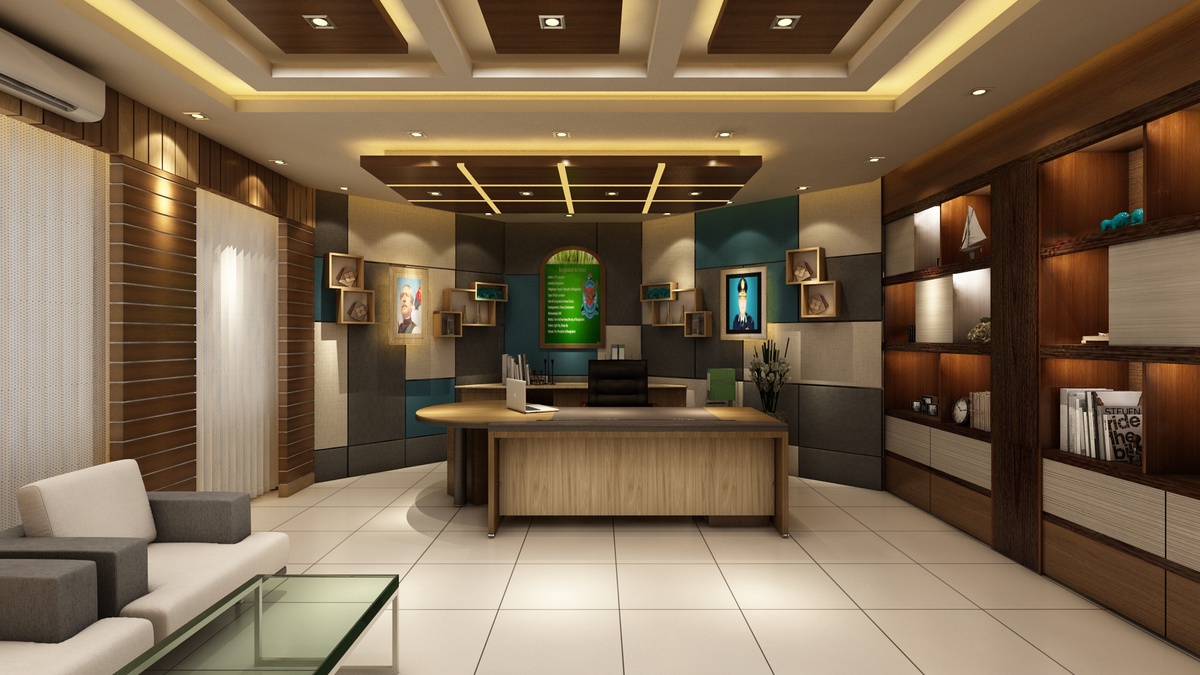As organisations adapt to the changing work landscape, the concept of the hybrid workplace has gained significant momentum. A hybrid workplace combines remote work and in-office collaboration, offering employees flexibility and fostering productivity. To successfully implement a hybrid workplace strategy, it is essential for companies to align their physical office spaces with this new way of working.
In this blog post, we will explore five key factors that contribute to the successful integration of hybrid workplace strategy into corporate office design. By considering these aspects, organisations can create an environment that supports collaboration, enhances employee well-being, and maximises productivity in both remote and in-person settings.
Flexible and Agile Spaces
One of the primary considerations when designing a hybrid workplace is creating flexible and agile spaces that accommodate different work styles and preferences. Office layouts should incorporate a variety of spaces, such as open collaboration areas, quiet zones for focused work, and adaptable meeting rooms.
Providing employees with a range of options enables them to choose the environment that best suits their tasks and promotes collaboration when needed.
Technology Integration
A seamless integration of technology is crucial for a successful hybrid workplace. Companies should invest in robust and reliable infrastructure, including high-speed internet, video conferencing capabilities, and collaboration tools. Additionally, incorporating smart technologies like sensors and automated systems can enhance efficiency and create a user-friendly experience.
A well-integrated technological ecosystem ensures smooth communication and connectivity between remote and in-office employees, facilitating effective collaboration regardless of location.

Employee Well-being and Comfort
Creating hybrid workplaces that prioritises employee well-being and comfort is essential in a hybrid environment. Incorporating ergonomic furniture, adjustable workstations, and proper lighting can contribute to employee health and productivity. Designing spaces that promote physical movement, such as standing desks or designated areas for stretching and exercise, encourages an active and healthy lifestyle. Additionally, providing access to natural light and greenery can improve mood and overall well-being.
Collaboration and Connection:
In a hybrid workplace, fostering collaboration and connection among team members is vital. Designing communal spaces that encourage impromptu interactions and informal conversations can spark creativity and build relationships. Breakout areas, coffee corners, or designated collaboration zones can serve as hubs for spontaneous discussions and idea sharing. Implementing technology-enabled collaboration tools, like digital whiteboards and project management platforms, further supports remote collaboration and enhances teamwork.
Communication and Transparency
Clear and transparent communication is crucial for successful hybrid workplaces environments. Office design should facilitate effective communication channels by providing designated spaces for virtual meetings and ensuring proper acoustics for both in-person and remote participants.
Additionally, creating centralised information hubs or digital signage can serve as a source of up-to-date company-wide announcements, ensuring that all employees, regardless of location, stay informed and connected.
Conclusion
Designing a corporate office that seamlessly integrates a hybrid workplace strategy requires careful consideration and thoughtful planning. Embracing the hybrid workplace model fosters adaptability, productivity, and employee satisfaction, ultimately driving organisational success in this evolving work landscape. With the right design approach, companies can create an office space that serves as a dynamic hub for collaboration, innovation, and employee engagement, both in-person and virtually.


No comments yet